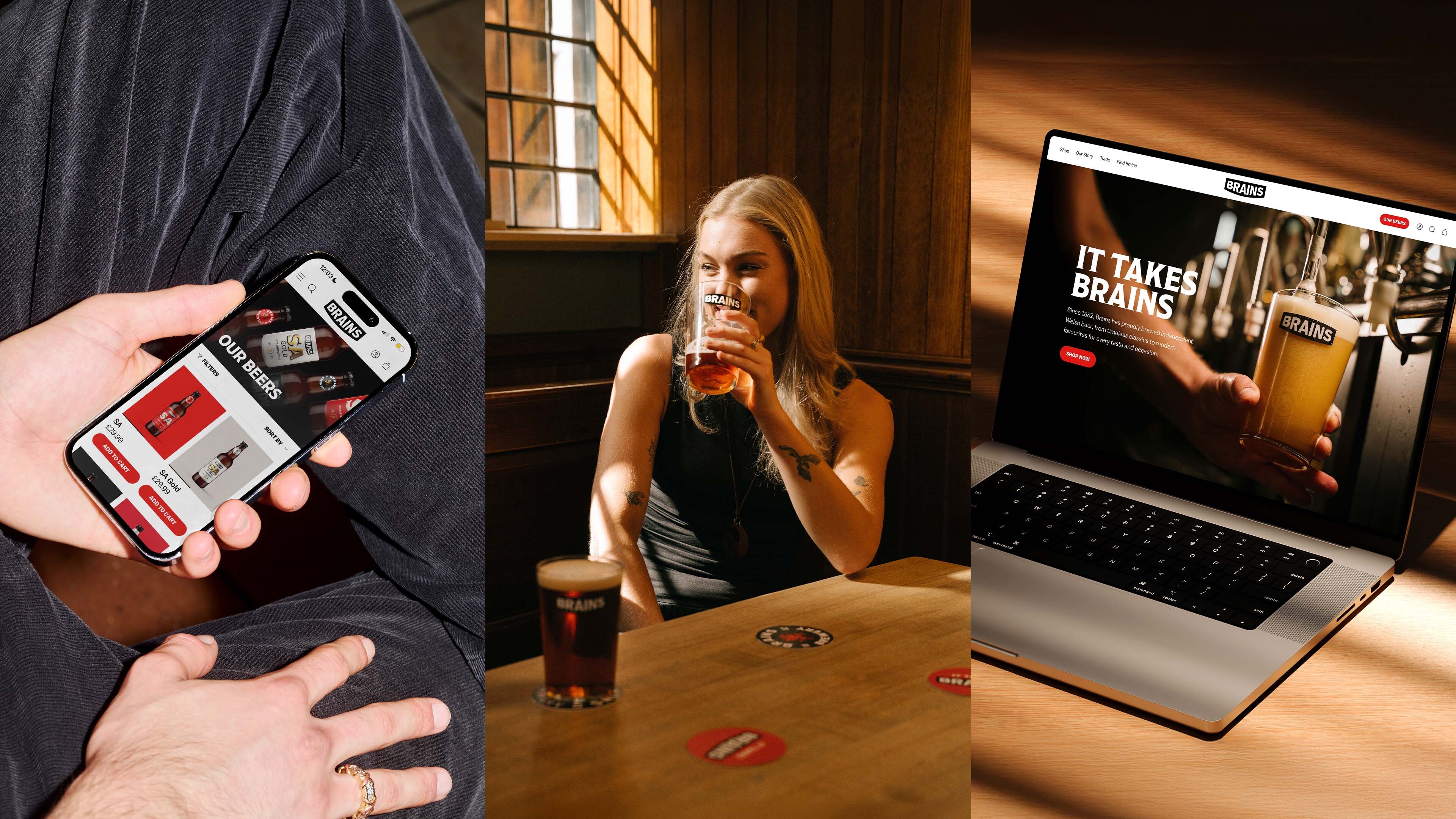I’ve recently been thinking about the tech mantra “move fast and break things”. The sentiment is not bad (assuming you aren’t building something involving a person’s health or wellbeing).
The phrase gained popularity back in 2014 when it became Facebook's mission statement of sorts. (they've since changed it to "Move Fast with Stable Infrastructure, but thats not nearly as bombastic or catchy). The idea has broadly evolved in the last nearly-a-decade to mean 'perfection' is the enemy of 'done'. That it's better to make something quickly, test it and iterate on it until it is better. Then keep going until it is really good.

In some ways we follow this pattern when we’re working. When we’re kicking around a design idea or some kind of technical challenge, we’ll often try to make that idea tangible as quickly as possible. That might be a drawing, it could be a quick design in Sketch, it could be a rough prototype in Codepen. It could even be a bit of paper with a hole poked through it to try and demo an animated masking technique (as happened last week).
The point is, these are quick, rough prototypes which help us internally as a team make decisions on individual ideas and then move forward or discard them. Maybe that’s the spirit of the approach. Too often however, it feels like a Facebookism, meaning a lack of care or forethought. Why should we bother taking the time to think about it? It’s only a website.
Obviously companies working at the scale and influence of Facebook, Twitter, Chat GPT et al, probably need a more considered approach. Mistakes they make can have huge impacts on people’s lives (good and bad). But the sites we as an industry usually work on don’t have the same level of influence to undermine western democracy (as far as I know).
Breaking things
That may be the case, but who knows what these sites will turn into. At the milder end, you could make a logo which looks a bit like a swastika or a penis (see rules 1 and 2 of logo design). At the other end, you make a mistake which leaks someone’s location to an abusive partner. Without some research and critical thinking, ideally from a diverse and empathetic team, you might not even realise that an issue could exist.
Leaving aside doing reputational or actual harm to people or businesses, there is another, more easily sellable reason to slow down: client budget.
Clients don’t usually have the budget to reset and start over if you need to pivot on a design idea or some functionality. Whilst we always tell clients that a website is “never finished”, the nature of priorities and budgets for some clients means it will go in and out of focus for them and their team. Typically when a site is launched most clients might understand they will need to evolve it and keep the content moving, but they will also feel like that project is very much done.
If it is not right, the likelihood for most would be that they continue trudging along down the wrong road for a couple of years before biting the bullet and investing in doing the process again (probably with a different agency).
Discovery
This is why we always complete a thorough research phase at the start of every brand or digital project. This phase is called Discovery and it helps us understand an organisation’s audiences (and their needs), business goals, competitors, functional requirements, SEO strategy, and their measures of success. We speak to the team and their users, audit their existing brand collateral, dig into their analytics, review their existing content, prod and poke at their current user journeys, and so on until we really understand the problems, challenges, and people involved.
All of this gives us a much better starting point, ensuring we’re moving in the right direction. To really strain the trip analogy, we’re planning the route, making sure we’ve packed everything, filled/charged the tank, and bought some snacks for the road. Once that is done, maybe we can take a detour, or stop and look at some sites on route.
Maybe the title of this post isn’t right. Perhaps a more considered method would be “Start slow. Think. Get it (pretty much) right first time”. A refinement of an idea which was more or less right in the first place. We didn’t have to break anything at all…
If you’d like to talk to us about your brand, website or marketing campaign, get in touch.
